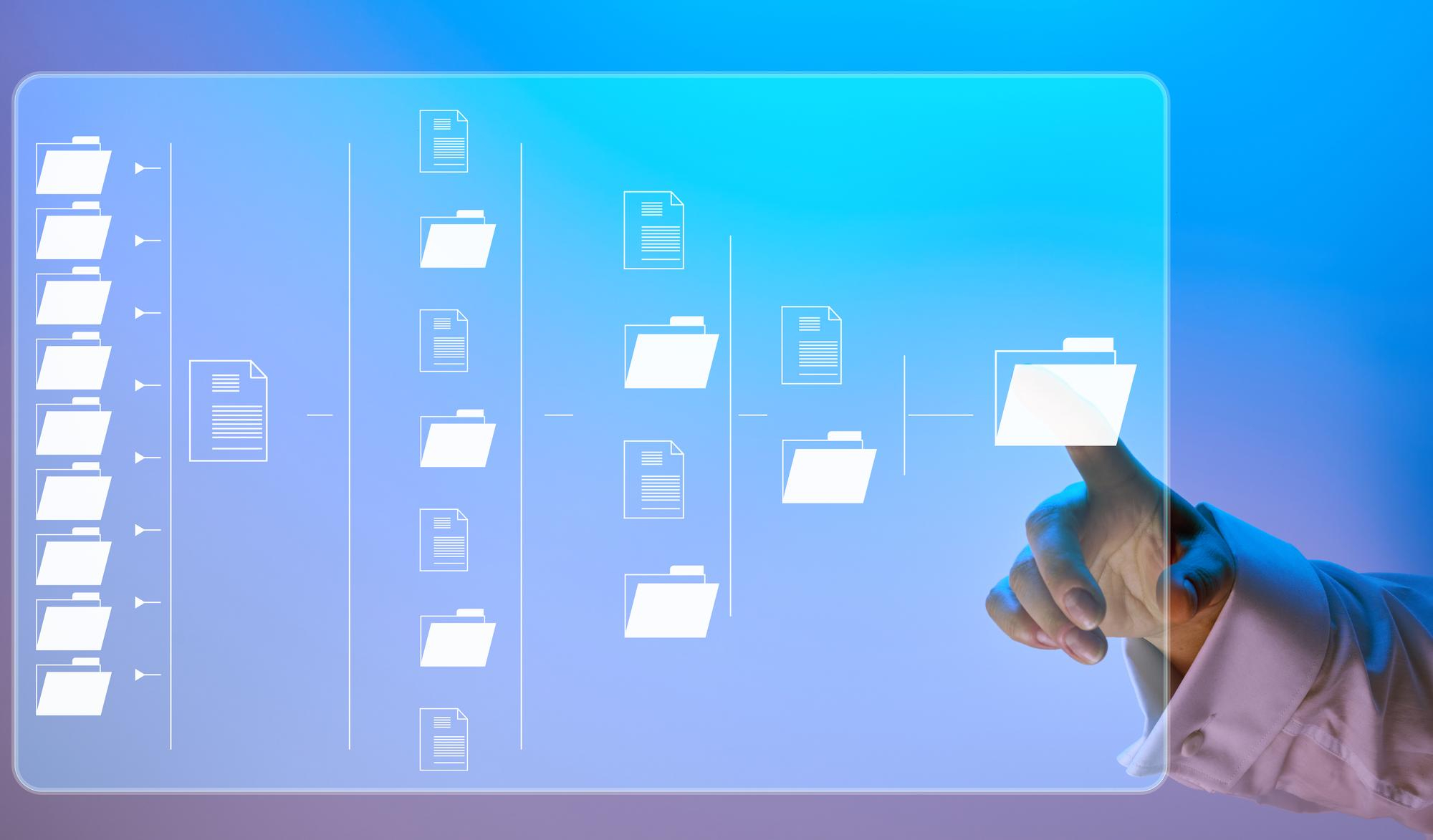
What Is The Most Effective Way To Handle File Virtualization Into Action
As the network has become the focal point of the IT infrastructure, it has generated many unforeseen advantages that are driving workplace productivity and the development of new capabilities. One of these areas is storage, where network-centricity is causing a revolution in file access and management called "file virtualization." Here are seven essential facts about the new trend you need to know.
Virtualization works on all kinds of machines.
Since Eniac was made 60 years ago, file access and management have focused on the physical layer, which is the server and hard drive where the files are stored. File virtualization has taken this to the next logical level, the namespace, and put it on the network instead of the server for the first time.
Senior analyst at Taneja Group, says that virtualization lets end-users and database managers look at all databases on the network, including flat-file and relational databases, network-attached storage (NAS), and storage-area networks (SAN).
Instead of making folders with files from one server, the database administrator can create namespaces based on logical business topics and assign files from multiple servers, even those with different operating systems and database software.
It simplifies administration
File virtualization also facilitates file management. It makes tasks like de-duplication much easier because it works on all the resources on the network. It can also be a key to getting more use out of servers, especially in places where data is increasing. And it can make it easier to solve the problems that arise when merging two IT infrastructures.
When an upgrade or repair needs to be done on a storage server,
It also makes tiered file management much more accessible by letting administrators assign files to different levels of servers based on how people can access them. For example, the most recent information can be put on high-performance boxes. Then, as that data gets older and less important, it can be moved to lower-performing servers until it is finally archived or deleted. Users don't have to know about these changes in the physical layer. From their point of view, the file is always in the same logical namespace until it is taken off the network entirely.
Geographical difficulties are eliminated with virtualization.
In the old infrastructure, data had to be close to where the users were. As business spread around the world, this became a problem. For example, it's not unusual for work groups to include people from different continents working on the same project. But the fact that each site needs two copies of the same data makes this collaboration much harder. Virtualization gets rid of this problem. As long as the data is somewhere on the company's network, it can be added to the namespace for any work group that needs it, and anyone with the proper security permissions can use it.
There are two strategies.
File virtualization has been made possible by two different technologies, each with pros and cons. The platform-based method, shown by a Distributed File System, is the oldest and most developed of the two. O'Neill says that this software-based technology sits on top of the native file system and acts as a proxy to give users a single namespace for multiple files on different servers. Microsoft DFS is the most famous example of this type.
As technology ages, it and the companies that sell it become more stable. However, it is an older technology that usually only works with one type of file system. This means that it doesn't support a wide range of server types. For example, DFS only works with servers that run Microsoft Windows. It also doesn't let you do things like remove duplicates in real-time. And DFS-based approaches can make it hard to provide high-performance access and coordination across large geographic areas.
The technology supports only file systems.
Business leaders have wanted for a long time to be able to see all the information the company has on a particular subject in one place. File virtualization. But you should know that it only works on unstructured data in file systems. It doesn't work with things like e-mail, instant messaging, or documents in formats like Word or PDF. So, people trying to get businesses to use this technology need to ensure end-users know what they can and can't expect from an investment in this technology.
Plan meticulously before migrating to file virtualization
Four specific tips for people who want to use file virtualization:
First, say what the problem is that you want to solve. Is it a problem with how the end-user manages files, or do you want to improve your NAS or file server's infrastructure or both? Determine if the company is okay with adding a new device to the data path. Depending on the answer, the business may or may not accept the unique virtualization technology.
Introduce the technology project-by-project after it's chosen.
Choose a few file servers and play around with the technology. Get used to it first before rolling it out to more people. All these products are made to grow, so you can start small and add more later.
Develop a more detailed story about the total cost of ownership and return on investment. This is important if you want the CFO to agree to the investment. The real goal might be to boost productivity, but that's hard to measure. It's easier to calculate a positive effect on server utilization rates. If utilization increases, you can delay buying more servers and save X dollars.
